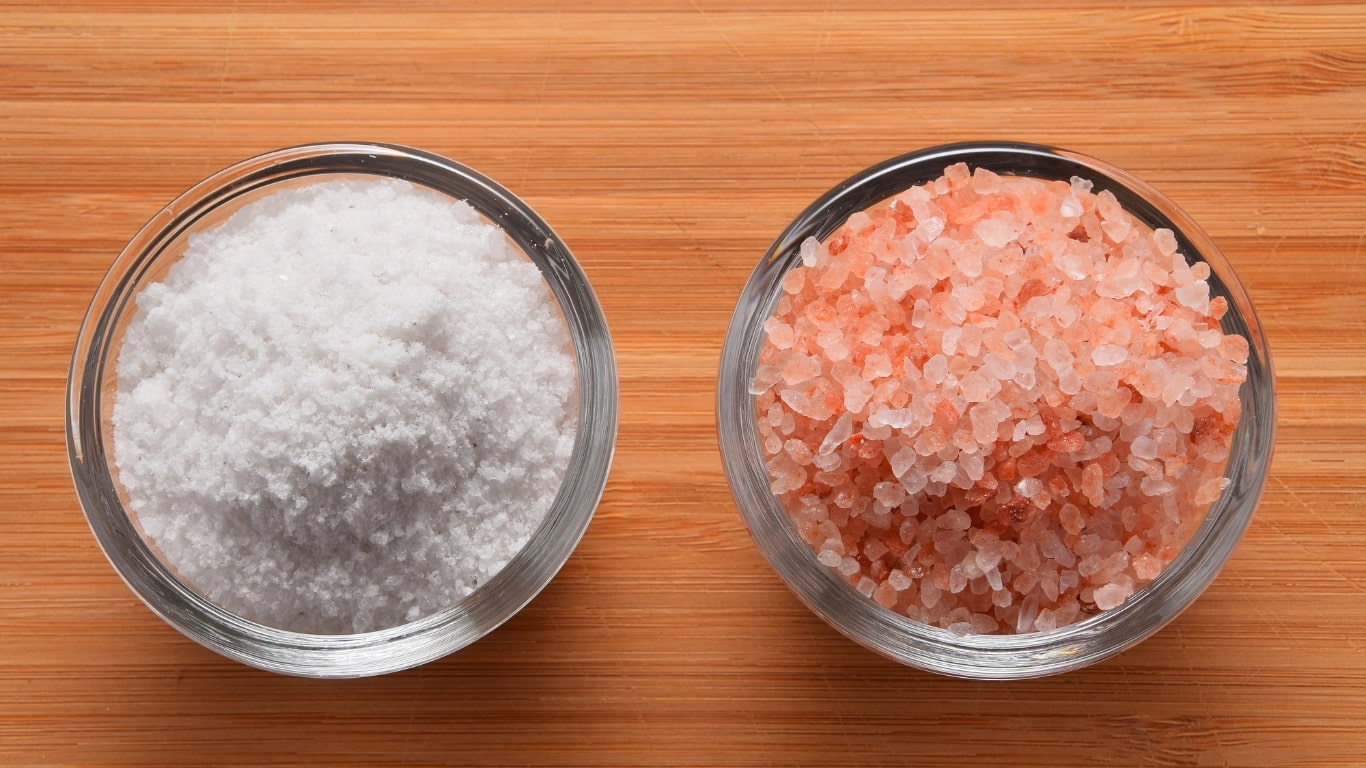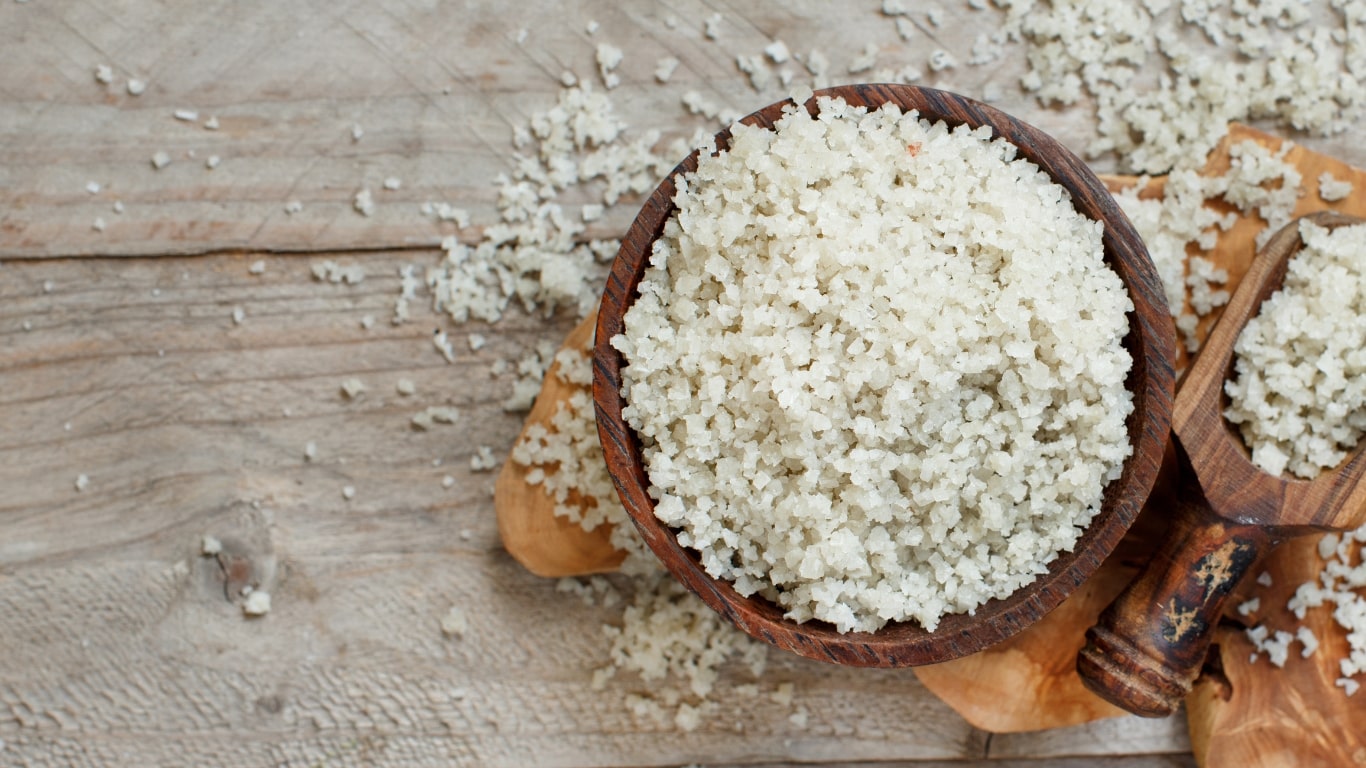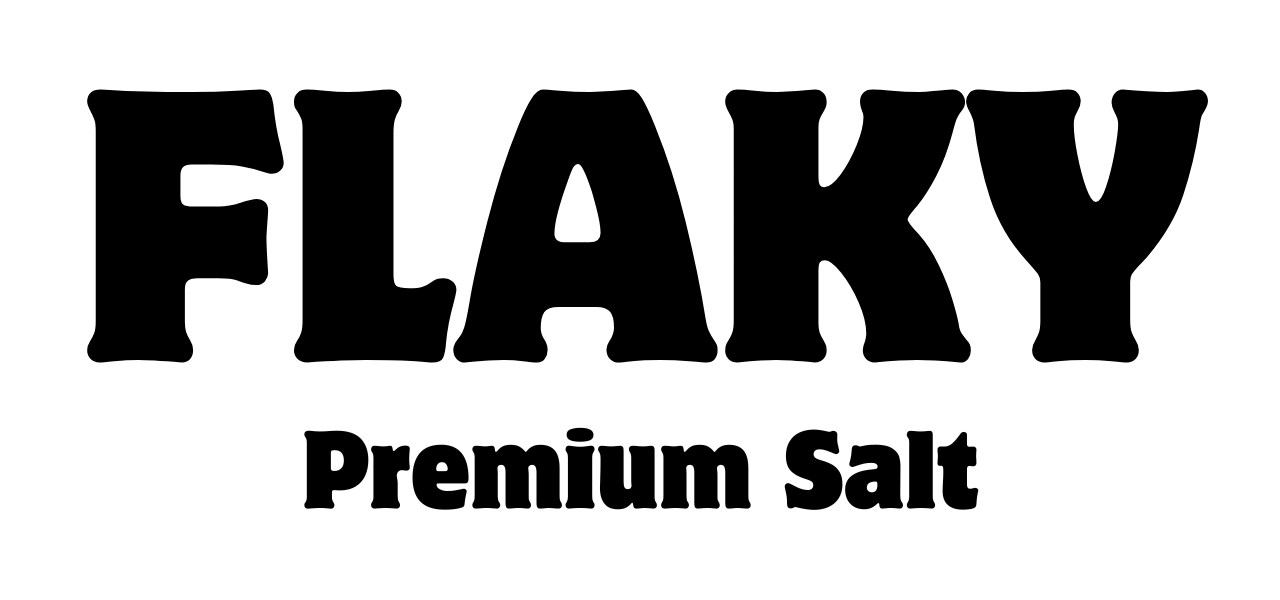
In the world of gourmet salts, Celtic Sea Salt and Himalayan Pink Salt are two of the most revered and discussed varieties. Both offer distinct flavors, textures, and health benefits that make them popular choices among chefs and health enthusiasts alike. This article provides an in-depth comparison of these two salts, delving into their origins, production processes, nutritional profiles, culinary uses, and health implications.
Origins and Production
Celtic Sea Salt Production Method
Celtic Sea Salt is harvested from the coastal regions of Brittany, France, particularly the Guérande region. The production of this salt is an ancient tradition, dating back thousands of years. The process begins with seawater being channeled into shallow ponds, where it is left to evaporate under the sun and wind. The remaining salt crystals are then manually raked using traditional wooden tools, ensuring that the natural minerals are retained. This meticulous method preserves the trace minerals that give Celtic Sea Salt its distinctive gray color and moist texture.
Himalayan Pink Salt Production Method
Himalayan Pink Salt is mined from the Khewra Salt Mine in Pakistan, which lies at the foothills of the Himalayas. This mine is one of the oldest and largest in the world, with deposits estimated to be over 250 million years old. The salt is extracted by hand and then carefully cleaned to remove any impurities. The pink color of the salt is due to the presence of iron oxide and other trace minerals. Unlike Celtic Sea Salt, Himalayan Pink Salt is typically found in large crystals, which can be ground into finer grains for various culinary uses.
Nutritional Profile of Celtic Sea Salt and Himalayan Pink Salt
Celtic Sea Salt
Celtic Sea Salt is renowned for its rich mineral content, which includes magnesium, calcium, potassium, and trace elements like zinc and iron. These minerals are responsible for its slightly briny taste and grayish hue. The salt’s moisture content, which can be as high as 13%, also helps retain its mineral richness. This moisture can sometimes make Celtic Sea Salt clump, but it also ensures a more pronounced flavor when used in cooking.
Himalayan Pink Salt
Himalayan Pink Salt is also prized for its high mineral content. It contains over 80 trace minerals, including calcium, magnesium, potassium, copper, and iron. These minerals contribute to the salt’s distinctive pink color and subtle, slightly sweet flavor. Himalayan Pink Salt is usually drier than Celtic Sea Salt, which makes it less prone to clumping and easier to grind. Its mineral composition is often touted for its potential health benefits, such as supporting hydration, reducing muscle cramps, and improving respiratory health.
Culinary Uses of Celtic Sea Salt vs Himalayan Pink Salt
Celtic Sea Salt

- Versatility
- Can be used in various culinary applications, including cooking, baking, and as a finishing touch.
- Texture
- Coarse crystals provide a distinct texture that adds a satisfying crunch and enhances the sensory experience of dishes.
- Mineral-Rich Flavor
- Contains essential minerals like magnesium, calcium, and potassium, contributing to a complex and robust flavor profile.
- Seasoning
- Enhances the natural flavors of meats, vegetables, and seafood.
- Ideal for grilling, roasting, and sautéing, where it can penetrate and season ingredients effectively.
- Dissolution
- The salt’s natural moisture content helps it dissolve quickly and evenly in soups, stews, and sauces.
- Enhances the overall flavor and seasoning balance of liquid dishes.
- Baking
- Can be used to add a subtle, briny flavor to bread, pastries, and other baked goods.
- Its coarse grains can create interesting texture contrasts in baked products.
- Brines and Curing
- Ideal for making brines used in pickling and preserving, as well as curing meats.
- The moisture content helps the salt penetrate and season the meat effectively during curing processes.
Himalayan Pink Salt:
- Versatility
- Can be used in a variety of culinary applications, including as a finishing salt, for grilling, roasting, and seasoning.
- Finishing Salt
- Adds a touch of elegance and a burst of flavor to dishes when used as a finishing salt.
- Enhances the presentation and taste of prepared foods.
- Distinctive Pink Hue
- The unique pink color makes it visually appealing and popular for decorative purposes.
- Often used in decorative salt grinders and salt lamps.
- Dry Texture and Fine Grain Options
- The dry texture ensures easy sprinkling over salads, grilled meats, and roasted vegetables.
- Available in fine or coarse grains to suit different culinary needs.
- Salt Blocks
- Can be used in salt blocks for cooking or serving food.
- Salt blocks can be heated or chilled, imparting a unique flavor and distinctive presentation to dishes.
- Baking
- Provides a subtle mineral taste that enhances the flavor profile of both sweet and savory baked goods.
- Ideal for adding a touch of sophistication and complexity to breads, cookies, and other baked items.
Health Benefits of Himalayan Pink Salt vs Celtic Salt
Celtic Sea Salt Benefits
The high mineral content of Celtic Sea Salt is believed to offer several health benefits. The magnesium in the salt can help regulate muscle and nerve function, blood sugar levels, and blood pressure. The presence of potassium supports proper cellular function and fluid balance in the body. Additionally, the trace elements in Celtic Sea Salt are essential for various enzymatic processes and overall health. However, it’s important to use this salt in moderation, as excessive sodium intake can lead to health issues such as hypertension.
Benefits of Himalayan Pink Salt
Himalayan Pink Salt is often marketed for its purported health benefits, which include promoting respiratory health, balancing pH levels, and aiding digestion. The salt’s high mineral content is said to help improve hydration, support metabolic function, and strengthen bones. Additionally, some studies suggest that Himalayan Pink Salt may help detoxify the body by removing heavy metals and toxins. Like Celtic Sea Salt, it should be consumed in moderation to avoid potential health risks associated with high sodium intake.
Environmental and Ethical Considerations
Celtic Sea Salt
Celtic Sea Salt is harvested using traditional methods that are environmentally sustainable and preserve the natural ecosystem of the salt marshes. The production process relies on natural elements such as sun and wind, which reduces the carbon footprint. Moreover, the manual harvesting techniques support local communities and maintain cultural heritage. Choosing Celtic Sea Salt can be seen as an environmentally conscious decision that supports sustainable practices and local economies.
Himalayan Pink Salt
Himalayan Pink Salt mining is also considered environmentally friendly due to the manual extraction methods used. The mining process does not involve the use of explosives or heavy machinery, which helps preserve the integrity of the salt deposits and surrounding environment. However, there are concerns about the carbon footprint associated with transporting the salt from Pakistan to global markets. Consumers interested in reducing their environmental impact may want to consider the distance the salt travels before reaching their kitchens.
Frequently Asked Questions
Which is better, celtic salt or Himalayan salt?
Determining whether Celtic Sea Salt or Himalayan Pink Salt is better largely depends on individual preferences and specific needs. Celtic Sea Salt, with its moist, mineral-rich gray crystals, is favored for its robust, briny flavor and high magnesium content, making it ideal for enhancing savory dishes and baking. In contrast, Himalayan Pink Salt offers a visually appealing pink hue and a subtle, slightly sweet taste, enriched with over 80 trace minerals, which many believe support various health benefits. While both salts provide natural, unrefined alternatives to table salt, those seeking a more intense, mineral-dense flavor might prefer Celtic Sea Salt, whereas those looking for a versatile, aesthetically pleasing, and subtly flavored salt might lean towards Himalayan Pink Salt. Ultimately, both salts are excellent choices, and the decision comes down to personal taste and culinary application.
What is the healthiest salt in the world?
The healthiest salt in the world can vary depending on individual needs, but Himalayan Pink Salt and Celtic Sea Salt are often highlighted for their health benefits. Himalayan Pink Salt is rich in over 80 trace minerals, including calcium, magnesium, and potassium, which support hydration, pH balance, and detoxification. Celtic Sea Salt, known for its high magnesium content and mineral-rich, moist crystals, also provides essential minerals and a robust flavor. Both salts offer a more natural and nutrient-dense alternative to refined table salt, making them excellent choices for enhancing overall health through seasoning.
Conclusion
Celtic Sea Salt and Himalayan Pink Salt each offer unique characteristics that make them valuable additions to any kitchen. Celtic Sea Salt, with its rich mineral content and moist texture, provides a robust flavor that enhances a wide range of dishes. Its traditional harvesting methods and support for local communities add to its appeal for environmentally conscious consumers.
Himalayan Pink Salt, with its distinctive pink hue and over 80 trace minerals, offers a subtle yet complex flavor that complements various culinary applications. Its potential health benefits and aesthetic appeal make it a popular choice for both cooking and decorative purposes.
When choosing between Celtic Sea Salt and Himalayan Pink Salt, consider your culinary needs, flavor preferences, and environmental values. Both salts provide a natural, mineral-rich alternative to regular table salt, contributing not only to the taste of your dishes but also to your overall well-being. Whether you opt for the gray, briny crystals of Celtic Sea Salt or the pink, mineral-rich grains of Himalayan Pink Salt, you’ll be adding a touch of gourmet excellence to your culinary creations.
